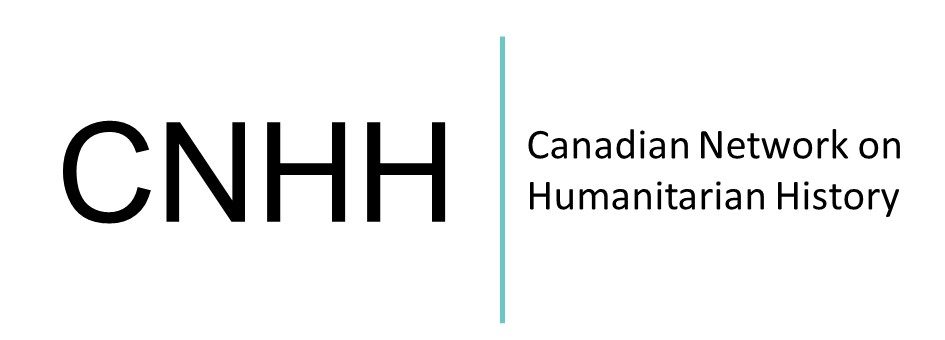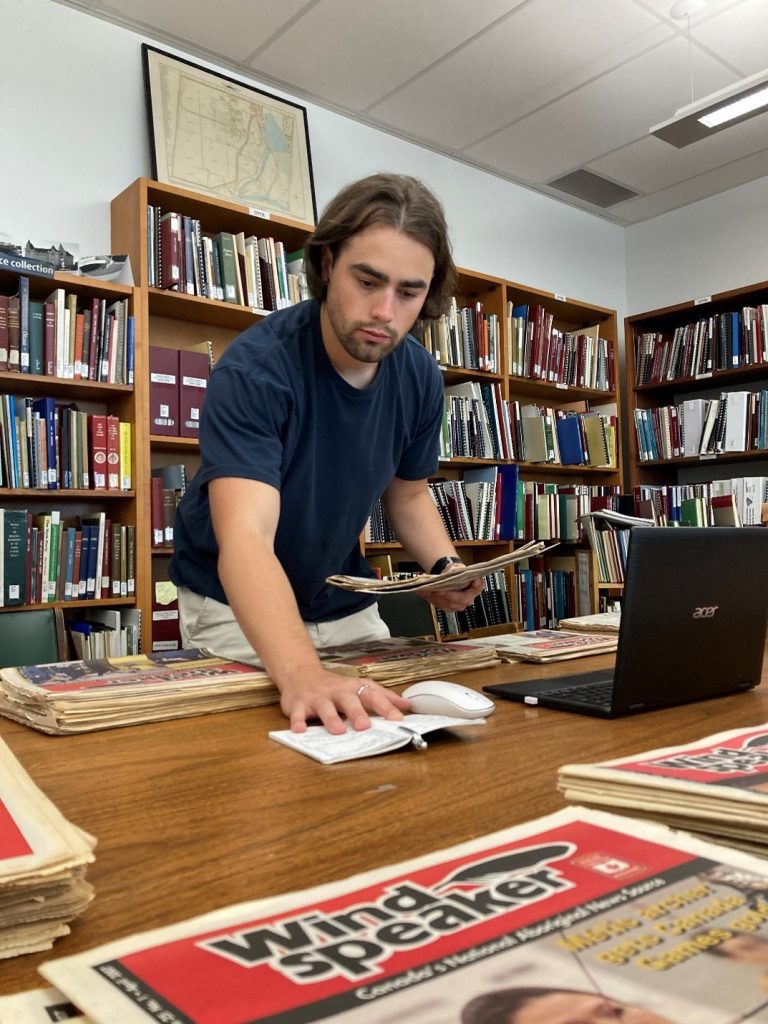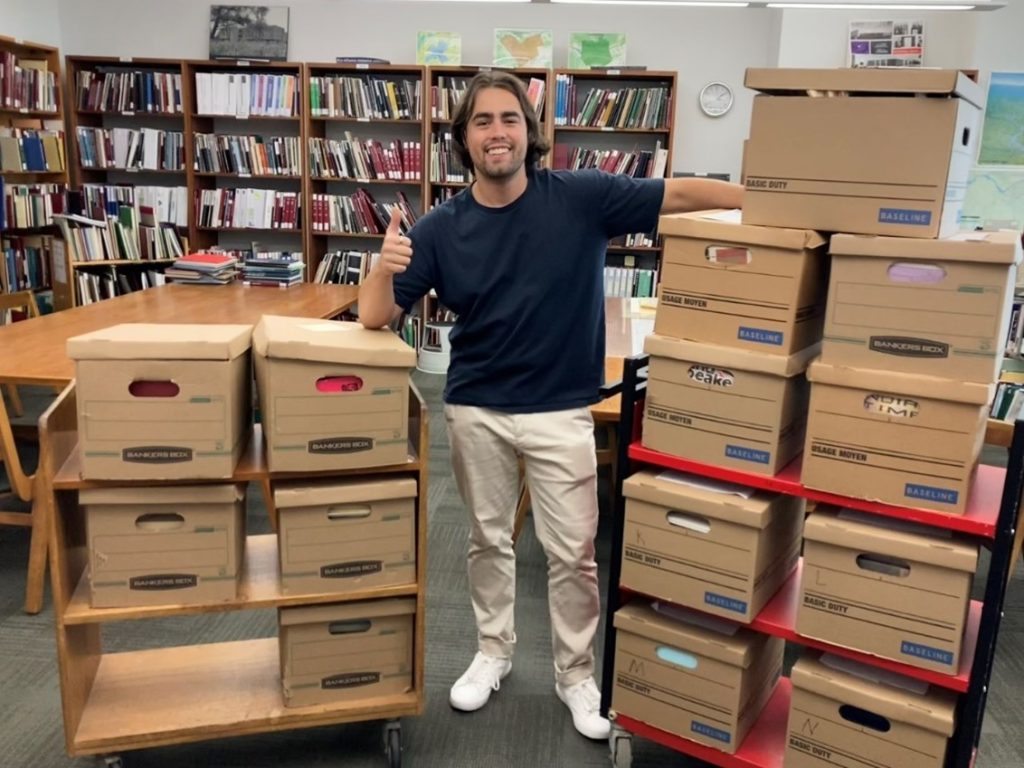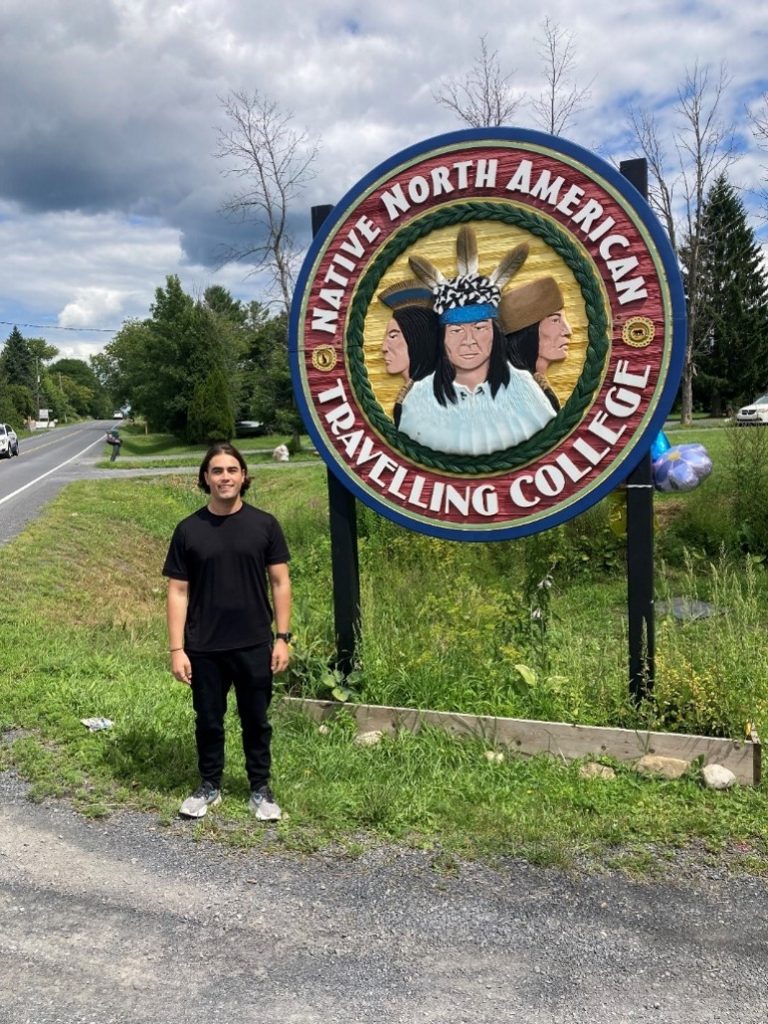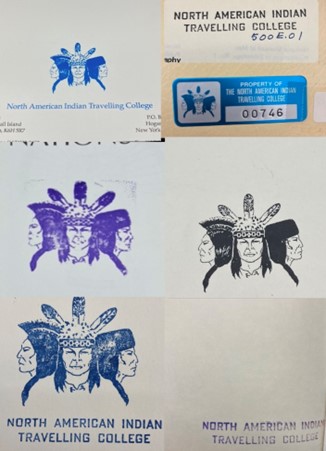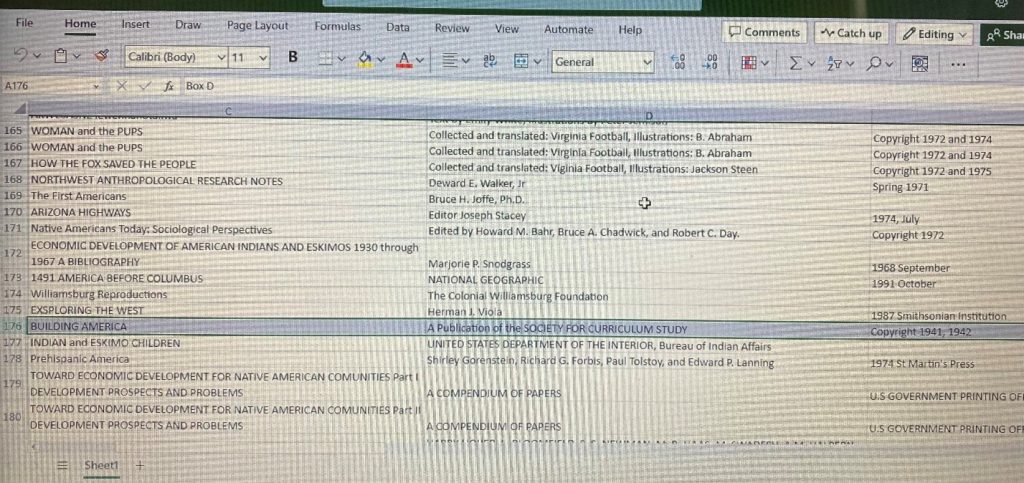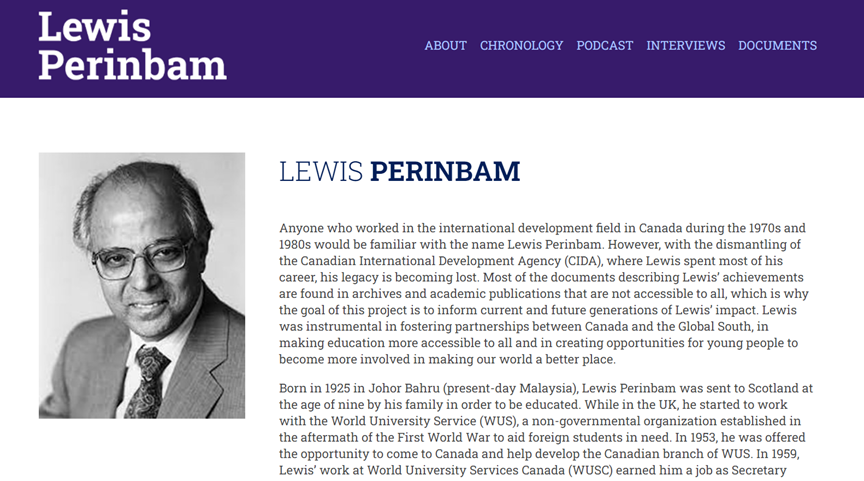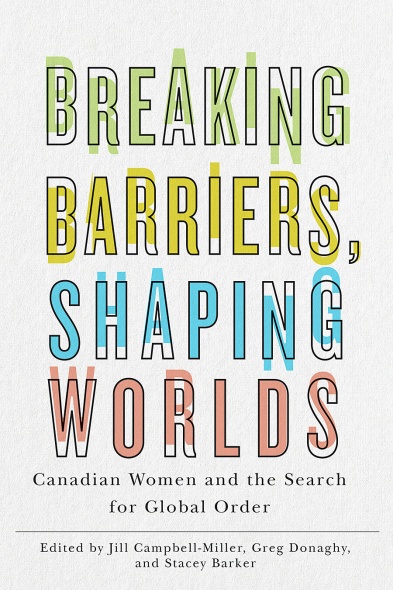Top 5 Reads on the Historical Role of Media in the Ethiopian Famine Crisis of 1984
~ As recommended by Jonathon Zimmer, January 2024 ~
When I first began working on my MA thesis at the University of Regina, it didn’t take long to realize the intricate connection between humanitarian aid mobilization and the portrayal of crises by the media. My MA research focused on the portrayal of the Ethiopian famine of 1984, one of the worst humanitarian disasters of the twentieth century, by television, newspaper, and magazine outlets in Canada. Fueled by news reports of a disaster impacting millions in Africa, Canadians ‘stepped up’ by collectively donating millions of dollars to the relief effort. Not only did such support surprise the media, but also the Canadian government, which quickly worked to facilitate the cooperation of both the public and private sectors.
I was fortunate to have at my disposal several scholars whose work covered the broad and remarkably complex history of the famine. Indeed, some scholars like Suzanne Franks, Eleanor Singer, and Phyllis M. Endreny directly address the role of the media in reporting on humanitarian crises, with specific reference to the Ethiopian famine. Others, like Fen Hampson and Nassisse Solomon, note the effect of the media on government decisions relating to aid. With such a broad range of topics at one’s disposal, here are the sources that I would recommend, among others, for those interested in the portrayal of humanitarian crises by the media, using the Ethiopian famine as an example:
- Suzanne Franks. Reporting Disasters: Famine, Aid, Politics and the Media. London: Hurst & Company, 2013.
Suzanne Franks’ Reporting Disasters is one of most important sources for examining the role of the media in exposing the scale of the Ethiopian famine and is an essential read for those interested in the intricate tie between the media and humanitarianism. As she delves into the role of the BBC and the challenges their reporters met in exposing the famine to the wider Western public, she identifies how little aid had been entering the country prior to the media devoting significant attention to the crisis. Without the BBC and other subsequent media entering Ethiopia, the famine would not have attracted the international attention that it did. However, as she delves into the processes and behind-the-scenes workings of the BBC, she discovers that there is more at play than the benevolent intentions of individuals and instead the corporate workings of the media room may work against the humanitarian agenda of famine relief.
- Eleanor Singer and Phyllis M. Endreny. Reporting on Risk: How the Mass Media Portray Accidents, Diseases, Disasters, and Other Hazards. New York: Russel Sage Foundation, 1993.
Eleanor Singer and Phyllis M. Endreny do well in their demonstration of the competition between domestic and international stories for an audience–or, put another way, the value of a news story. Singer and Endreny note several important points about how the media portrayed the Ethiopian famine in the United States. For example, Singer and Endreny attribute the use of blame by the media to being one of the key factors in derailing American aid efforts. Specifically, American media sought to blame part of the origins of the crisis on Western governments, which they contend have been ignoring Ethiopia’s call for help.
- Susan D. Moeller. Compassion Fatigue: How the Media Sell Disease, Famine, War and Death. New York: Routledge, 1999.
A topic that can be reflected in numerous humanitarian crises, Compassion Fatigue echoes similar points to Reporting on Risk by examining the selection of news stories and their implications on the attitudes of the American public. Her selection focuses on disasters from the 1980s and 90s, particularly on famines, wars, diseases, and other causes of death. Of note, the third chapter of her book has a significant portion devoted to the famine in Ethiopia. She provides a wonderful overview of the situation on the ground and then delves into the role of the American media in exposing the scale of the famine. Further, she does well in noting the impact of celebrity aid, the role of print media, and what various reporters focused on throughout the period of attention the famine received.
- Fen Osler Hampson. Master of Persuasion: Brian Mulroney’s Global Legacy. New York: Signal, 2018.
Many historians examining the famine and Canada’s humanitarian response have used it as a milestone for Brian Mulroney’s federal Progressive Conservative government. Fen Hampson’s Master of Persuasion features an excellent overview of what he dubs “the CBC Factor,” or how the CBC’s November 1st, 1984, broadcast elicited such a strong response from the Canadian public. The Canadian media kept federal aid efforts in check by bringing up various issues and shortcomings on the part of the government. Such reporting elicited a response from within Parliament, which would debate and discuss matters of aid in the House of Commons. Overall, Hampson’s work demonstrates the evolving link between the public and private sectors with regards to famine relief, galvanized by the CBC and other Canadian media.
- Nassisse Solomon. “Tears are Not Enough: Canadian Political and Social Mobilization for Famine Relief in Ethiopia, 1984-88,” in The Samaritan State Revisited. Calgary: University of Calgary Press, 2019.
The Samaritan State is a fantastic collection of works pertaining to Canada’s aid history. The contribution by Nassisse Solomon, a fellow CNHH member, in part explores how the famine’s publicity, generated by various media outlets, drove the close cooperation between the government and the public. She, like other scholars on this list, asserts the importance of the media in enabling various members of the Canadian government to undertake an aid mission to Ethiopia. Further, her work represents one of the rare instances in which she was able to interview a key member of the response team, its federal organizer, David MacDonald.
Jonathon Zimmer is a PhD candidate in the Department of History at Queen’s University, Kingston. His doctoral work, under the direction of Dr. Lisa Pasolli, examines the actions of the Canadian government in response to famine in Ethiopia. This research builds upon his University of Regina MA thesis that explored Canadian media reactions to the Ethiopian Famine of 1984, and how this influenced federal approaches to the crisis. He is the author of “Mobilizing the World: Brian Mulroney and Canada’s Humanitarian Response to Famine in Sub-Saharan Africa,” in Canada and the Challenges of Leadership: How Canadian Prime Ministers have Responded to Crises at Home and Abroad (Regina: University of Regina Press, 2023).
